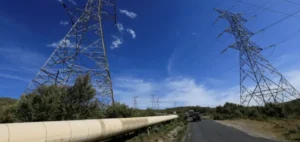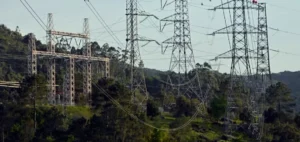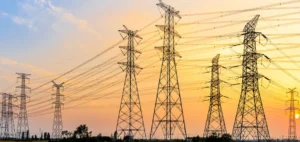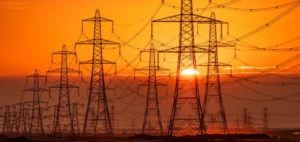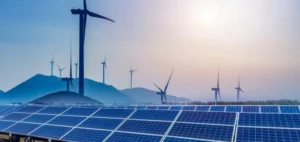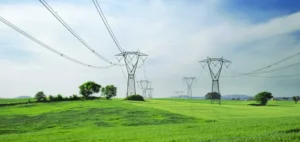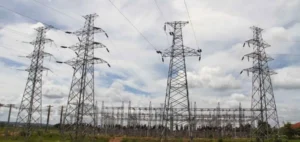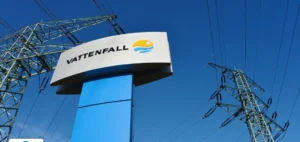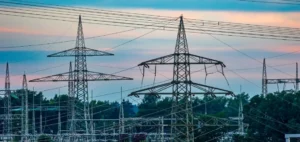The Association of Southeast Asian Nations (ASEAN) is accelerating the development of its regional electricity grid through the ASEAN Power Grid (APG), an initiative launched in 1999 aimed at interconnecting national power systems. In response to rapidly growing electricity demand, the APG seeks to strengthen the bloc’s energy security and facilitate cross-border electricity distribution. Between 2016 and 2022, over 38,000 GWh have already been exchanged among member states through existing interconnections.
Proven commercial potential but weak coordination
Projects like the Power Integration Project linking Lao PDR, Thailand, Malaysia and Singapore have demonstrated the viability of multilateral electricity trade. Other initiatives are emerging, including a collaboration between Brunei, Indonesia, Malaysia and the Philippines, as well as bilateral deals such as Malaysia’s renewable electricity exports to Singapore. However, these developments highlight persistent challenges related to regulatory fragmentation, institutional divergence and sovereignty sensitivities.
Institutional cooperation structuring the regional agenda
The renewal of the ASEAN Plan of Action for Energy Cooperation 2026–2030 and its enhanced memorandum of understanding marks a turning point for the project. The ASEAN Centre for Energy (ACE) is working closely with the International Energy Agency (IEA) to align national priorities with regional objectives. The opening of the IEA Regional Cooperation Centre in Singapore aims to reinforce this momentum.
Multilateral stakeholders and development banks are also contributing by providing expertise and resources. ACE’s technical role and its capacity to deliver policy recommendations are viewed as central to operationalising the grid.
Institutional gaps and the need for a dedicated secretariat
Despite progress, the project’s governance remains fragmented. Several bodies are involved without a centralised coordination mechanism. The absence of a unified regulatory entity impairs procedural efficiency. Structures such as the ASEAN Power Grid Consultative Committee and the ASEAN Energy Regulatory Network face resource limitations and lack an executive mandate.
The creation of a permanent APG secretariat has been raised as a solution to ensure institutional continuity and strengthen inter-agency coordination. Experiences from interconnected markets in Europe and Southern Africa show that solid frameworks can support cross-border power trade.
Investment remains a condition for regional deployment
Electricity systems in ASEAN countries are generally controlled by vertically integrated public utilities, with limited financial capacity to invest in cross-border infrastructure. Current business models restrict private sector participation due to legal uncertainties and high investment risks.
Capital costs for energy projects in the region remain higher than in advanced economies, complicating access to finance. To address this, governments are exploring mechanisms such as blended finance and public-private partnerships. The launch of the APG Financial Initiative marks a step toward mobilising the necessary capital to realise the network by 2045.



